You might think picking just one place as the number one tourist spot in a country as large and wild as India sounds crazy. But if you ask travelers stopping through airports or local rickshaw drivers who’ve seen thousands of faces whizz by, you’ll usually get the same answer: the Taj Mahal. People travel halfway across the world not just because it's a famous name or a UNESCO sticker—there’s just something about this shimmering, perfectly symmetrical icon that gets under your skin.
It’s not just a building. The Taj Mahal is a love story carved in white marble. Emperor Shah Jahan built it out of heartbreak for his wife Mumtaz Mahal, who died giving birth to their 14th child. If you think that’s dramatic, wait until you see the monument in person. Every year, millions gather outside those red sandstone gates, waiting for that first glimpse at sunrise when the marble catches the morning light and seems to float above its gardens. Travelers line up with cameras and iPhones, but somehow even the photos feel like an injustice.
The Allure and History of the Taj Mahal
It’s hard not to get lost in the Taj Mahal’s story. It’s not just India’s most recognizable landmark; it’s a magnet for dreamers, romantics, and even skeptics brought to silence by its easy perfection. The story starts in the 17th century, but the real magic is how the place still grabs people today, no matter how many travel blogs they’ve read. You step through the main gates, and suddenly you’re in another world. The walkway is surrounded by lush green lawns and clever optical illusions—the gardens are laid out so the marble changes color throughout the day, shifting from pink in the early light, to creamy white by noon, and a cool blue under the moon. People race to get the perfect selfie, but just watching the reflection pool mirror the domes can hold you for an hour.
Construction took more than 20 years and 20,000 workers. Artisans came from as far as Persia and Turkey. Each chunk of marble was hauled on elephants and fitted by hand, inlaid with 28 different kinds of precious stones. It’s not just the main mausoleum: the complex includes a mosque, a guest house, and several stunning gates, each one crammed with floral designs so delicate you’d need a magnifying glass to catch all the details. There’s a local legend that Shah Jahan ordered the hands of his best artisans cut off so nothing “so beautiful” could be built again. Nobody knows if it’s true, but it gives you an idea of just how seriously the place was taken.
The Taj’s perfect symmetry is a big part of its appeal. Walk left or right—everything balances around the central dome. This isn’t an accident. Persian and Mughal architecture chased symmetry as a kind of spiritual ideal. Look up, and you’ll spot verses from the Quran embedded in arches, each letter perfectly scaled to look the same size from ground level. That’s the level of obsession they had with getting it right. People don’t just come for the history lessons—they come for the feeling that so much precision and care still matters, even centuries later.
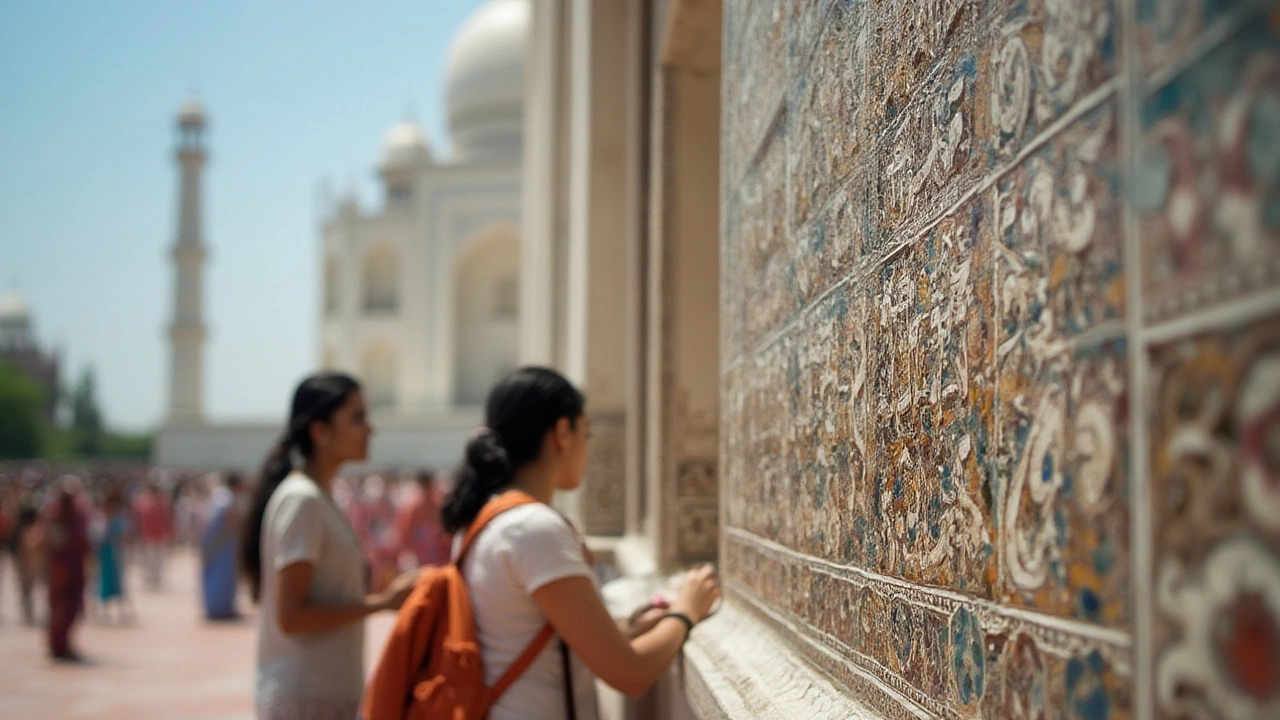
Visiting the Taj Mahal: Tips, Tricks, and What to Expect
So, you’ve decided to see the most famous monument in India. Awesome—but timing is everything. The gates open before sunrise, usually around 6:00 a.m., and closing time varies. Early morning is magic: the air is cooler, crowds are lighter, and you get to watch the marble glow pink and gold. By mid-morning, crowds pack in like a cricket match. Fridays, the site is closed for prayer, so don’t plan your visit then.
Indian summers get brutal—think 40°C in May—so the best time is from October to March. Mosquitoes aren’t usually much of a problem, but a light scarf and bottled water never hurt. Ditch the tripods and drones, since they’re not allowed inside. You do have to pass through pretty tight security, so pack light and leave those snacks outside.
Tickets are a bit pricier for foreigners than locals, but the extra cost gets you a shoe cover and a bottle of water—and you help preserve the place with restoration fees. Don’t be shy about hiring a local guide at the gate (just make sure they wear an official badge). They’ll tell you stories hidden in the stonework and point out little details you’d miss alone. My favorite? The fact that the four tall minarets surrounding the mausoleum are slightly tilted outward—an old engineering trick so they’d fall away from the tomb in case of an earthquake.
Most travelers start in Delhi or Jaipur and grab a 2-hour train to Agra. You can see the Taj in a day, but if you’ve got time, hang around to check out Agra Fort or Fatehpur Sikri—both are UNESCO sites too and give you a deeper look at Mughal glory. Local street food is fantastic, but avoid eating right outside the monument, since the area is kept spotlessly clean by the city authorities. For a totally different angle, see the Taj across the Yamuna River from Mehtab Bagh; it’s quieter and makes your photos pop.
One last thing—don’t skip the nights when there’s a full moon. For five nights each lunar cycle, the Taj Mahal hosts special moonlight viewings. Entry is limited and deeply regulated (only 400 people per night max), but seeing the marble shine under silver moonlight is a memory you’ll keep forever. Just buy tickets at least one day ahead, since they sell out fast.
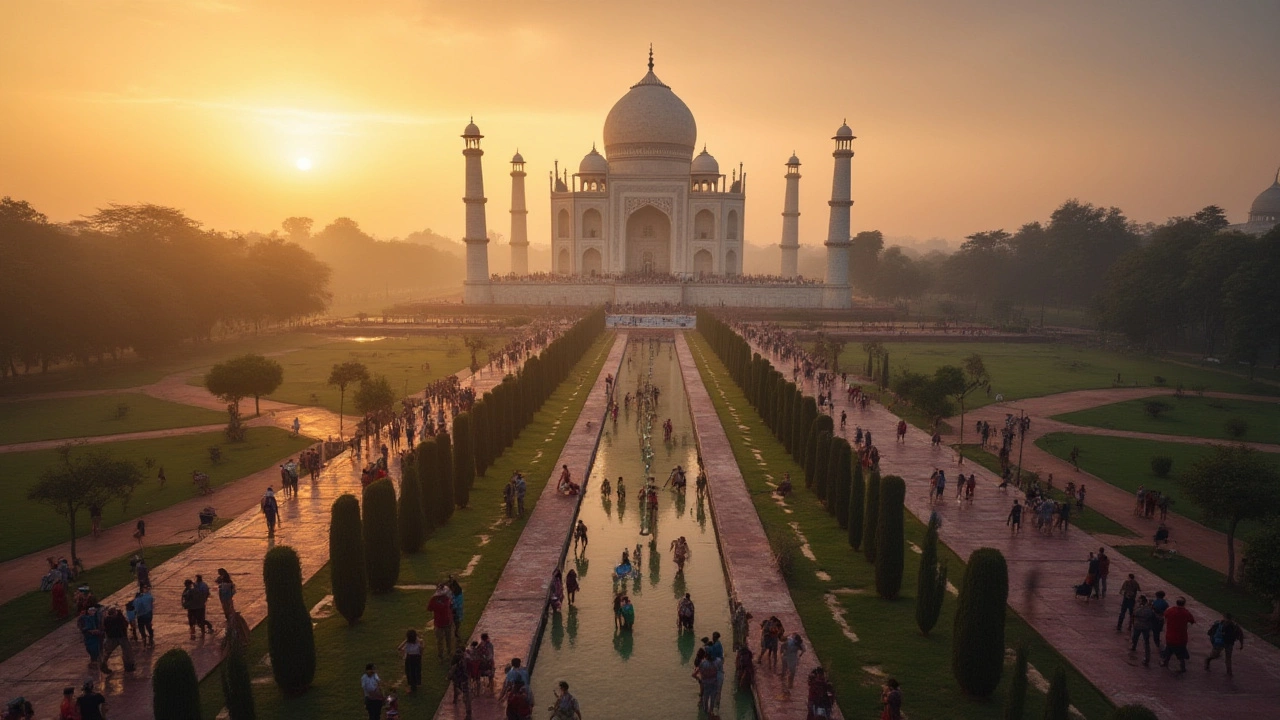
Why the Taj Mahal Stands Out as the Number One Tourist Place in India
You might ask, why does the Taj Mahal get so much hype? It’s not just pretty architecture. The monument symbolizes both India’s past and its hopes for the future. It’s on every postcard, every pop culture reference, every tourist’s top ten list. But numbers speak for themselves. Before the pandemic, the Taj welcomed more than seven million people a year—from students on class trips to Hollywood stars and heads of state. Even now, it’s bouncing back fast. No other Indian destination pulls in so many different kinds of travelers: history buffs, couples, backpackers, photographers, or hardcore Instagrammers trying to break the internet with their Taj selfies.
The local economy in Agra pretty much revolves around the Taj. Hotels, shops, tuk-tuks, sweet shops—most folks you meet here are tied in some way to the monument. Step into an Agra marble workshop, and you’ll find entire families who’ve been inlaying colored stone into marble for generations, using the same techniques as Shah Jahan’s artisans. Pop into a mithai shop and grab a pan of petha, the sweet candy made from ash gourd that’s famous in Agra. Even the schoolkids in Agra recite stories of the Taj as if it’s part of their homework.
There’s also a “Taj effect.” For years, seeing the Taj Mahal has inspired travelers to visit other sites across India. It puts Agra on the map, but it also helps spark curiosity for Rajasthan’s forts, Varanasi’s ghats, or Kerala’s backwaters. When people fly to India for the first time, this icon is usually what pulls them in. Even Bollywood can’t resist—the Taj is a classic filming spot full of dramatic slow-motion shots and musical numbers.
While India overflows with jaw-dropping places—Hampi’s ruins, Goa’s beaches, Ladakh’s high passes—nothing nails the mix of romance, beauty, and sheer wow-factor quite like the Taj. If you’re planning your India bucket list, this spot is the non-negotiable. Seeing its grand archways and that marble dome shine at dawn makes you realize why so many people hold it up as the symbol of India, not just for tourists, but for the country itself.
If you only have time for one iconic site, the Taj Mahal still wins—every time. Just come ready with a sense of wonder (and maybe an extra phone battery for the photos). The Taj never disappoints, no matter how many times you see it.
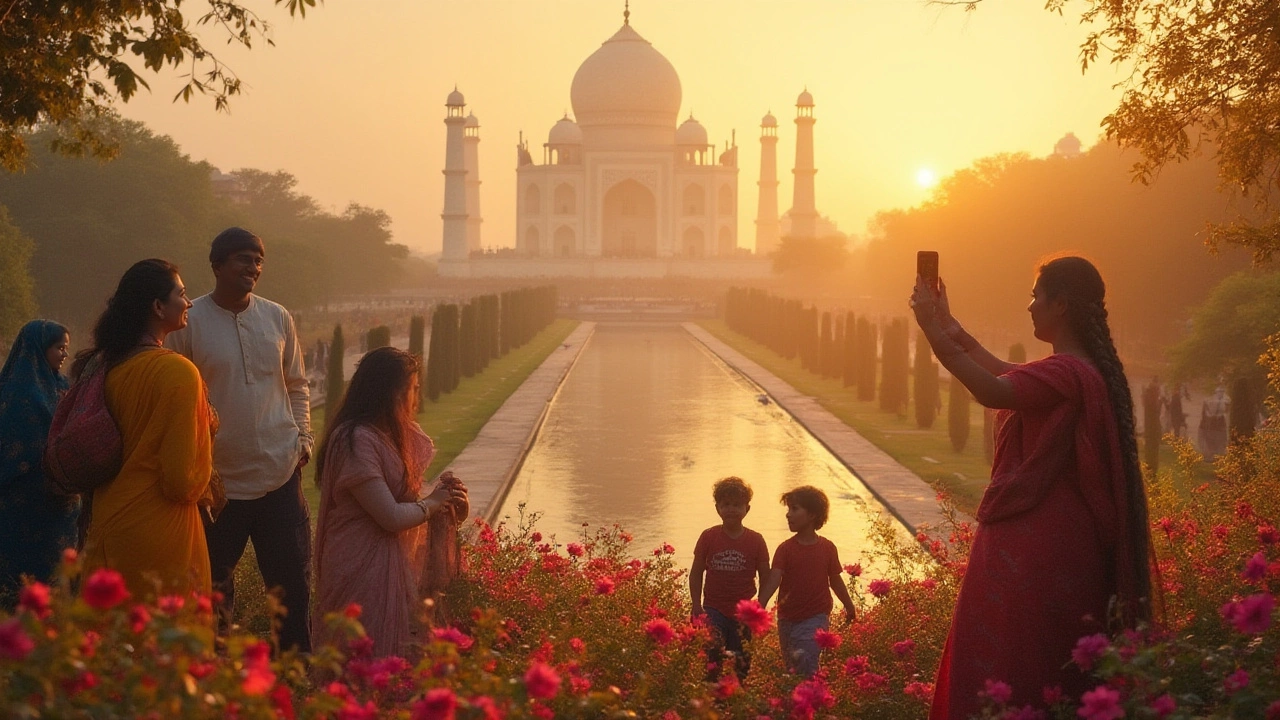
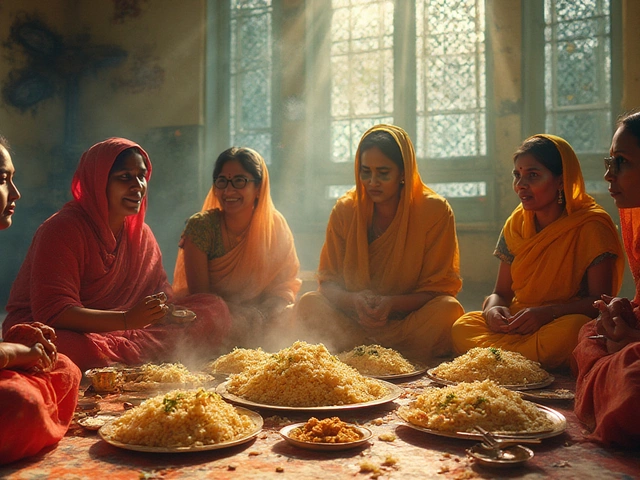
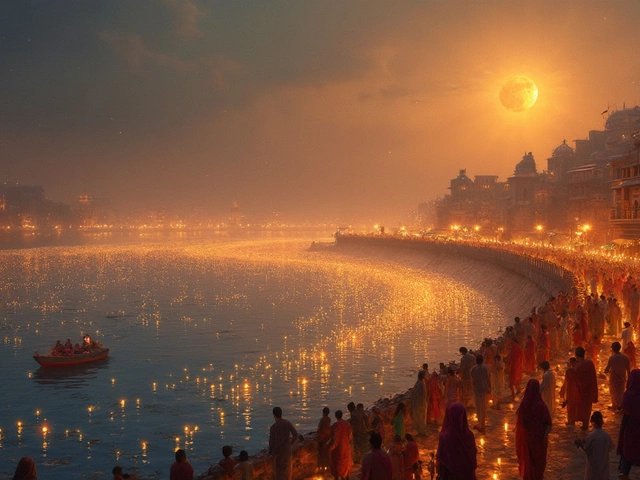
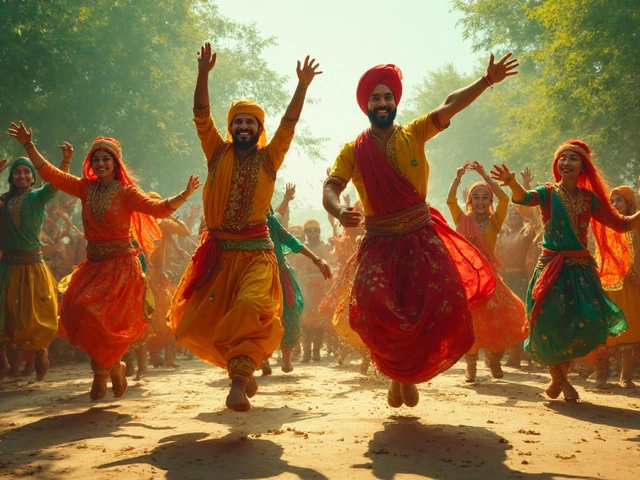
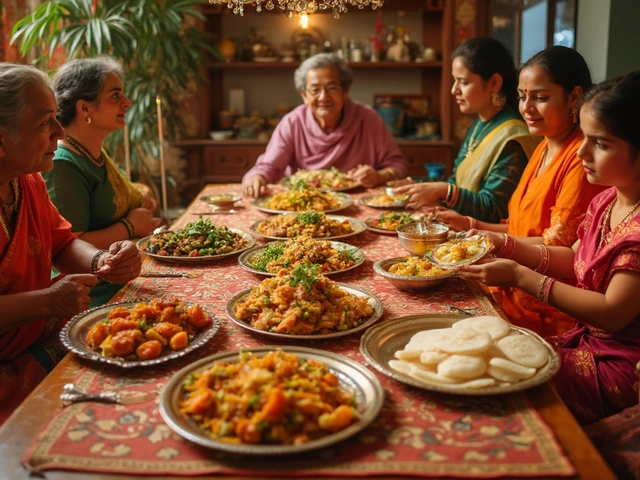
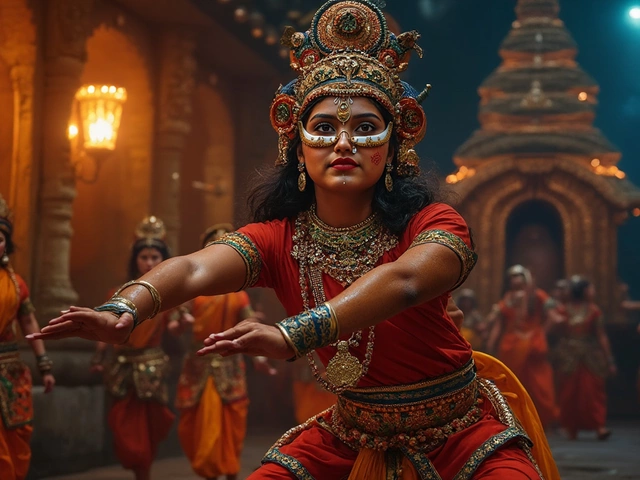
Write a comment